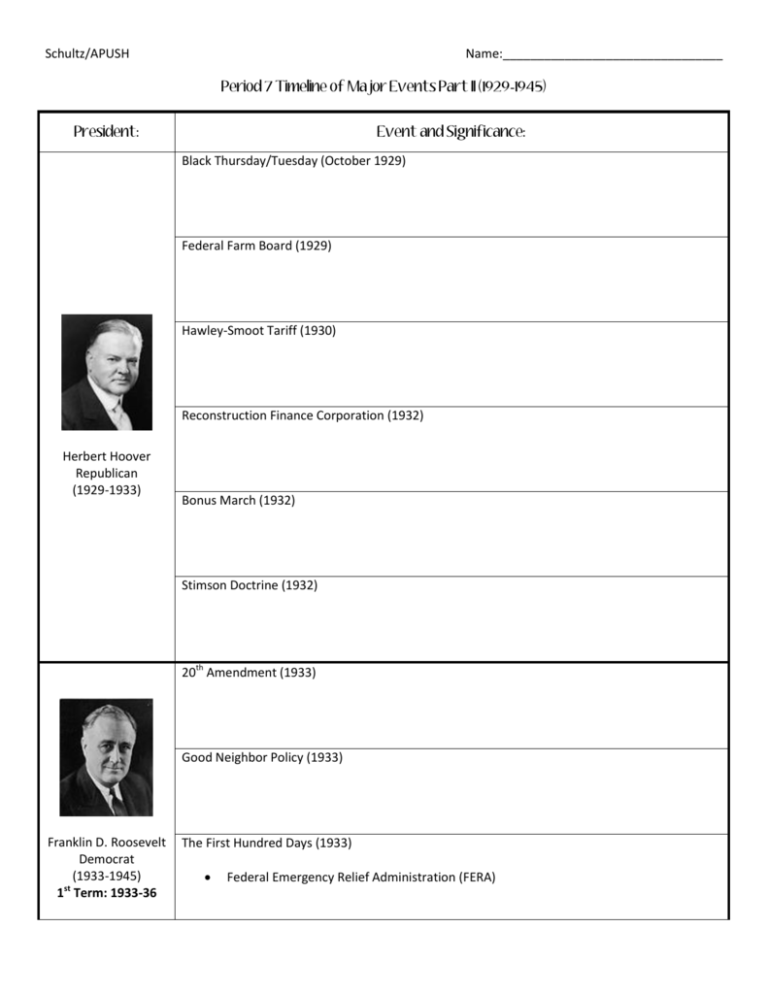

A/P Days Calculator – Excel Model Template In most cases, however, using the ending balance does not make a significant enough difference unless there was a drastic change in the business model and efficiency of the company across the period. Therefore, the average balance of accounts payable is the most accurate approach to align the timing mismatch. More specifically, the income statement measures a company’s financial performance across a period, whereas the balance sheet is a “snapshot” at a specific point in time. Since COGS is a line item on the income statement, while the accounts payable line item comes from the balance sheet, there is a mismatch in timing as the two financial statements cover different periods. Cost of Goods Sold (COGS): The cost of goods (COGS) categorization refers to the costs incurred directly from a company’s efforts to generate revenue, such as direct material and direct labor costs.Average Accounts Payable: The average accounts payable balance is calculated by taking the sum of the beginning and end of period balances and dividing it by two.The formula to calculate the A/P days is as follows.Ī/P Days = (Average Accounts Payable ÷ Cost of Goods Sold) × 365 Days Hence, accounts payable functions like financing provided by the supplier with no interest owed, in contrast to other forms of debt securities.
#Hundred days apush free#
Of course, unmet invoices must eventually be taken care of by the company, but the company is free to spend that cash in the meantime for other needs. High A/P Days: More Near-Term Liquidity and Increased Free Cash Flow (FCF).Low A/P Days: Reduced Near-Term Liquidity and Less Free Cash Flow (FCF).The more buyer power that the company possesses, the more favorable terms it’ll receive from its suppliers and vendors, which can come in the form of price reductions and extensions on payment due dates, among various other benefits.Ĭonsidering A/P days measures the number of days between the initial date of credit purchase and the date of cash payment to the suppliers or vendors that fulfilled their end of the transaction, companies strive to extend the amount of time until the cash is paid. Bargaining Power: The historical A/P days of a company can often reflect its bargaining power as a buyer (and its relationship with its suppliers and vendors).As a “sanity check” to ensure the assumptions are reasonable, the A/P days of comparable peers operating in the same industry can also be considered.

Otherwise, the assumptions can follow the directional trend in recent years, i.e. If there are no notable changes in the metric across the past couple of years, the historical average can be used to project the accounts payable balance.

The A/P days metric, often referred to as days payable outstanding (DPO), measures the time between the date of a credit purchase from a supplier or vendor and the date of cash payment, expressed in terms of days.


 0 kommentar(er)
0 kommentar(er)
